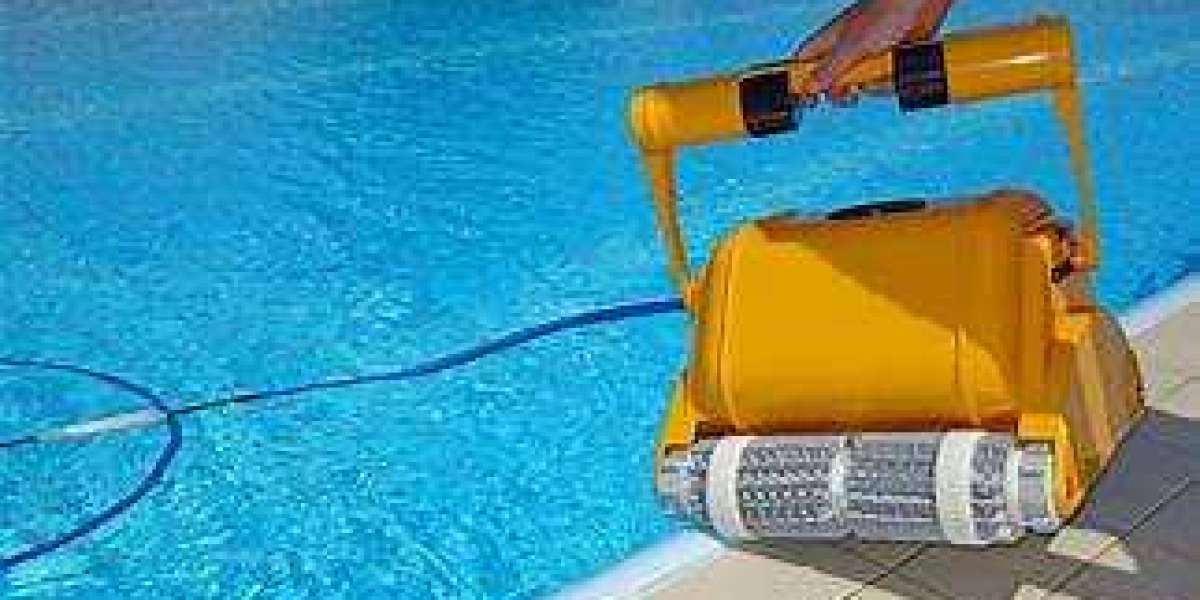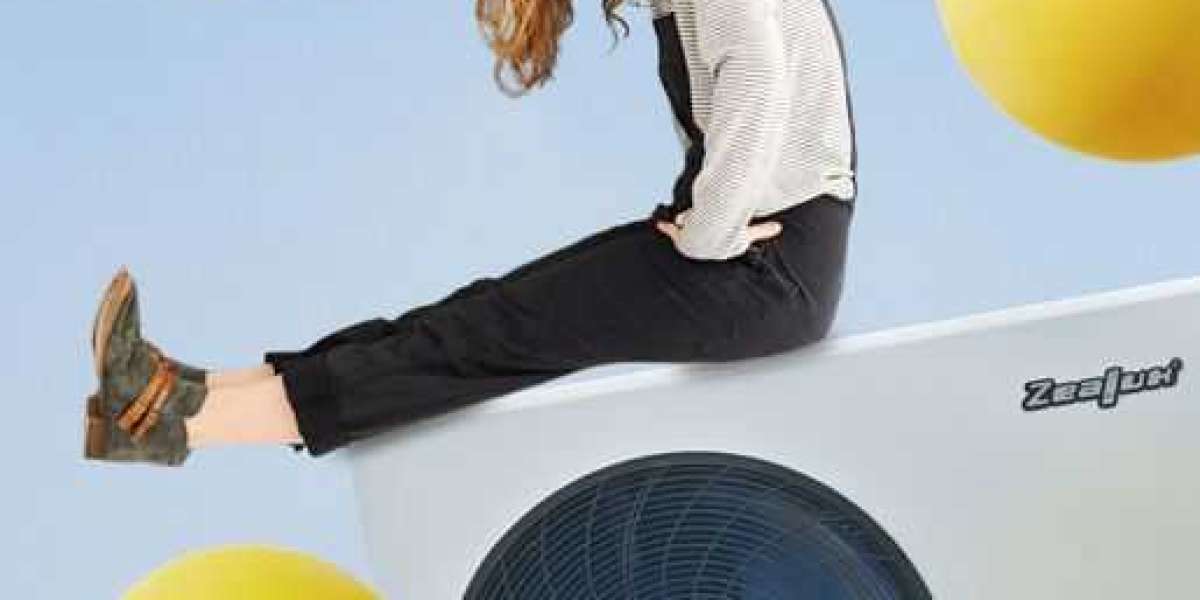Automatic pool cleaners use advanced technology to navigate around the pool, utilizing multiple methods to clean it thoroughly and quickly. They have wheels and tracks to grip the pool surface, scrubbing brushes and internal filters to trap dirt and debris. Whether your clients own a robotic or suction-side cleaner, there are some basic maintenance tips that can ensure their unit operates properly and efficiently.
One of the most common issues we hear about is that the pool cleaner isn't picking up any debris. This could be due to a clogged vacuum basket or the skimmer baskets being full of leaves and other large debris. Another potential reason is a dirty filter. A clean pool filter will help to improve your cleaner's efficiency and reduce the amount of time that it takes to complete a cleaning cycle.
If a client is experiencing a problem that seems difficult to fix, it is always helpful for them to take their machine to an experienced professional to diagnose the issue and suggest any possible solutions. This will save them time and money, as well as prevent any unnecessary wear-and-tear on the cleaner that may not be covered under warranty.
Having an in-depth understanding of how the different types of cleaners work will also help you educate your clients on the various features that can be found on each model and how they operate. This will ensure that the cleaner your client chooses is a good fit for their type of pool and how they plan to use it.
Regardless of the type of cleaner your client has, you should instruct them to regularly wipe down their unit's exterior with a damp cloth after each use. This will prevent dirt and grime from building up, as well as any mold or mildew that can occur. You should also instruct your clients to regularly clean the scrubbing brushes, skimmer basket and pump basket of their cleaner. This will help to prevent any buildup or debris from accumulating in these areas that can inhibit the cleaner's ability to move freely throughout the pool.
In addition to making sure the feed hose is properly connected, it is also important that your clients check the height of their water level and ensure it covers the weir valve, return jets and dedicated cleaner line (if applicable). Then they should check that the vacuum hose is securely attached to the suction port of the weir and has sufficient length to reach the farthest point of the pool. Finally, you should make sure that the weir lid is on and correctly fitted.
If your clients are using a suction-side cleaner, you should advise them to regularly empty the debris baskets of their pool to prevent them from getting too full and causing a loss of power. They should also inspect the skimmer baskets, pump basket and WMS (water management system) orifices and inline strainers on their cleaner to make sure that they are clear of any debris or blockages.














